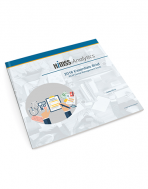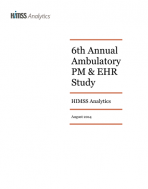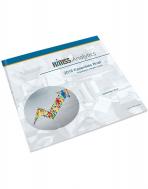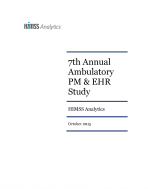Essentials Briefs
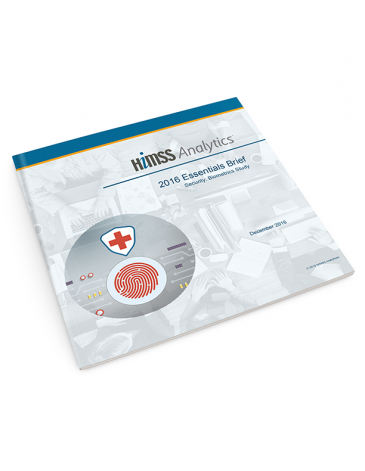
The 2016 Essentials Brief: Security Study – Biometrics offers insight from 90 CTOs, CIOs, CISOs and VPs and Managers of IT on their current approach toward biometric solutions. Additional insight is provided through data from HIMSS Analytics LOGIC™, the most comprehensive and intuitive global market intelligence tool in healthcare IT. LOGIC provides adoption rates on specific security technologies which could help provide clarity on the healthcare security marketplace.
Highlights of the 2016 study include:
- Current and future adoption of biometric solutions
- Vendor snapshot for specific biometric solution platforms
- Study respondent drivers around biometric solutions
- Insight into next generation security solutions, such as Direct Secure Messaging (DSM), Next Generation Fire Walls and Blockchain
Get the Study
MORE RESEARCH REPORTS
HIMSS Analytics® has released its 2016 RCM Denial Management Essentials Brief, a study on the U.S. hospital denial management solutions market.
WIth a focus on both quality of care and a healthy organizational bottom line, denial management for healthcare delivery organizations is a process that leads to cleaner submitted claims and fewer denials from payers. Gain actionable insights into the market for vendor-based solutions in this market.
Actionable insights:
- Access current RCM denial management solution adoption rates and plans to purchase
- Understand vendor market share and mind share
- Get reported statistics for RCM denial management solutions across the entire US hospital landscape
Unique Voice of Customer (VOC) from over 500 respondents. Year-over-year trending analysis of solution adoption. Despite efforts to tie provider reimbursements to quality metrics and overall cost of care reduction, less than 25% of respondents indicated a defined strategy around Accountable Care.
The 2016 Population Health Essentials Brief offers insight from 104 hospital executives (C-Suite) and Vice Presidents and Directors of IT, clinical systems and clinical analytics on their current a
The seventh annual Ambulatory Practice Management (PM) & Electronic Health Record (EHR) Study includes year-over-year trending analysis dating back to 2009, as well as an in-depth look at the current market.
Highlights include:
- Unique Voice of Customer (VOC) from over 700 respondents
- Over 80 percent of the ambulatory market has adopted EHR technology
- Roughly 8 percent of study respondents plan to replace their current ambulatory solution

